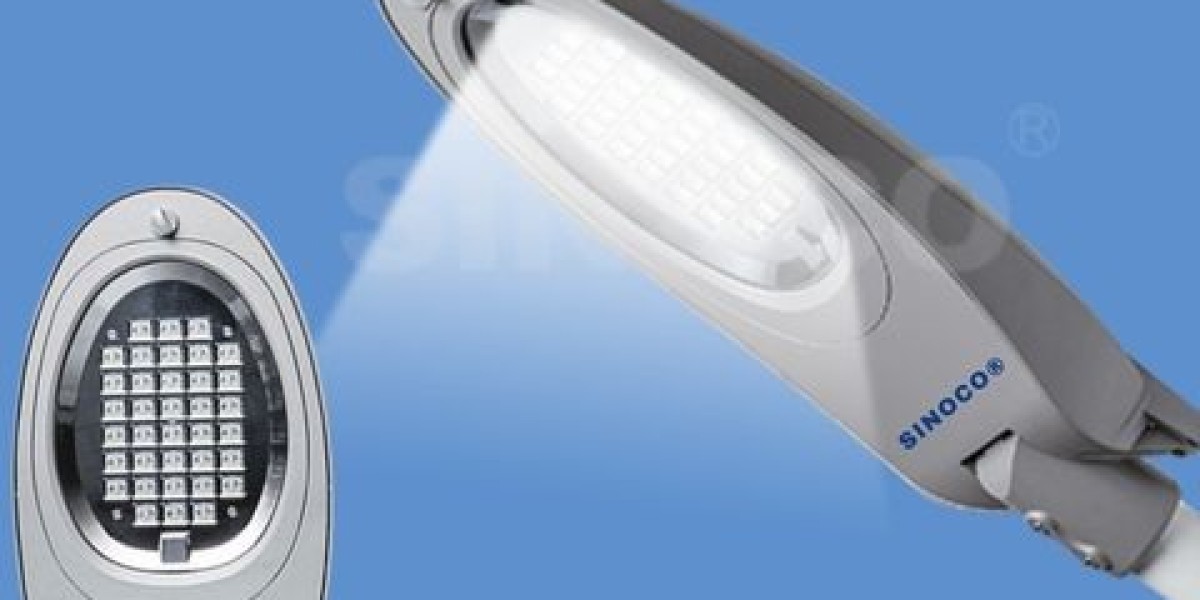When choosing tyres, one key factor every driver should consider is how well they perform in both wet and dry weather. For everyday driving, it’s not just about how tyres handle under sunny skies—it’s also about how they respond when the rain pours.
So, how do Winda Tyres hold up in different weather conditions? Let’s break down what real drivers say, along with insights from performance tests, to help you make an informed decision.
Why Weather Performance Matters
Your tyres affect everything from traction and handling to braking and fuel economy. When the weather changes, especially during rain or extreme heat, your tyre’s ability to maintain grip and stability is crucial.
Key Performance Indicators:
Braking distance
Cornering grip
Hydroplaning resistance
Road noise and comfort
Tyre wear patterns
Let’s explore how Winda Tyres perform in both dry and wet conditions.
Winda Tyres in Dry Conditions
✅ Strengths:
Good grip on asphalt and concrete roads
Stable cornering even at moderate speeds
Quiet ride and low rolling resistance
Ideal for urban and highway driving
Winda Tyres use a silica-based rubber compound and well-structured tread patterns that ensure steady handling on hot, dry roads. Most users report minimal noise, and solid performance during daily commutes.
“I’ve driven with Winda Tyres all summer in Dubai—they grip well and haven’t worn too fast. Smooth and silent.”
— Imran A., UAE
⭐ Best for:
Hot climates
Highways and city roads
Regular family and commuter vehicles
✅ Verdict: In dry conditions, Winda Tyres provide stable, comfortable, and fuel-efficient performance for everyday drivers.
Winda Tyres in Wet Conditions
This is where many budget tyre brands start to show limitations—but how does Winda perform?
⚠️ Areas to Watch:
Longer braking distances in heavy rain
Slight drop in grip on slick roads
Mild hydroplaning risk if driving too fast
Winda Tyres are equipped with grooves and sipes designed to channel water away, but the efficiency isn’t on par with premium tyres like Michelin or Continental. In moderate rain, they perform acceptably well. But in heavy rain or puddles, drivers must slow down and avoid sudden braking or turning.
“They’re okay in rain—not the best, but not dangerous either. I just drive slower when the roads are wet.”
— Sasha K., South Africa
? Pro Tips for Wet Driving with Winda Tyres:
Keep tread depth above 3mm
Drive at or below speed limits in rain
Avoid standing water when possible
Ensure tyres are properly inflated
⚠️ Verdict: In wet conditions, Winda Tyres are reliable for cautious drivers, but not ideal for high-speed or performance-focused driving.
What Drivers Say: Dry vs Wet
| Condition | Driver Feedback |
|---|---|
| Dry Roads | “Quiet, smooth, no complaints.” |
| Light Rain | “Still grips fine—just stay alert.” |
| Heavy Rain | “A bit slippery, especially when braking hard.” |
| Dry Highways | “Stable even at 120 km/h.” |
| Wet Corners | “You can feel a little slide, so I go slower.” |
Summary: Pros and Cons by Weather
✅ Winda Tyres – Dry Weather Pros
Excellent grip and cornering
Quiet and smooth ride
Great for highway and city use
Good tyre lifespan with proper care
⚠️ Winda Tyres – Wet Weather Cons
Braking distance increases in heavy rain
Hydroplaning possible at higher speeds
Not suitable for snowy or icy roads
How to Maximize Safety with Winda Tyres
If you live in a region with changing weather or frequent rainfall, here’s how to make Winda Tyres work for you:
✅ Check tread depth regularly (use a 2-dirham coin or tread gauge)
✅ Inspect tyre pressure every two weeks
✅ Rotate tyres every 8,000–10,000 km
✅ Avoid sharp turns or sudden braking in the rain
✅ Drive cautiously during storms or on slick roads
Final Verdict: Suitable for All-Season Use — With Caution
Winda Tyres perform very well in dry conditions, offering comfort, fuel savings, and dependable handling. In wet weather, they remain a safe option for moderate drivers, but they do require more attention and slower speeds in heavier rain.
If you’re a careful driver looking for a budget-friendly, all-around tyre for everyday use, Winda Tyres are a solid option. Just make sure you drive responsibly in poor weather, and these tyres will serve you well across the seasons.








